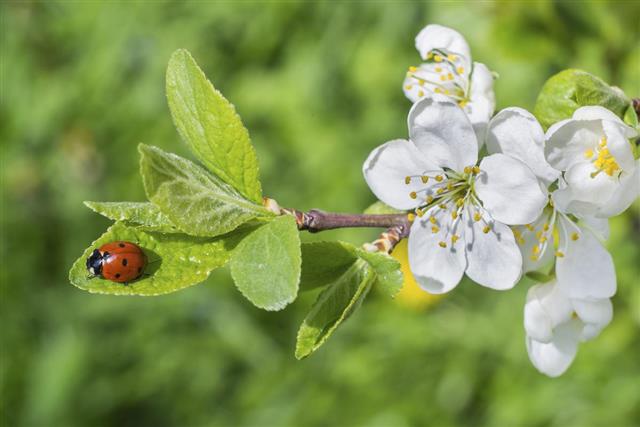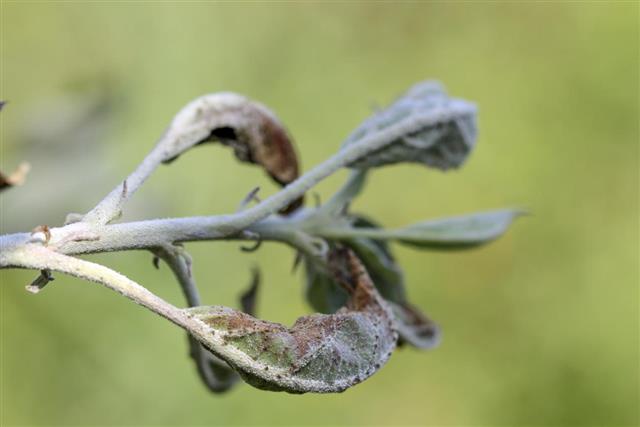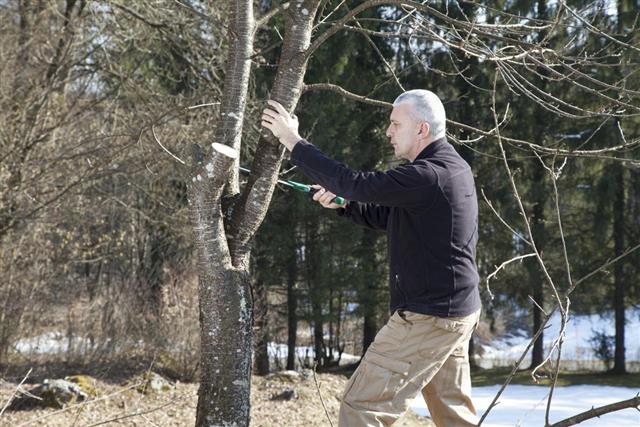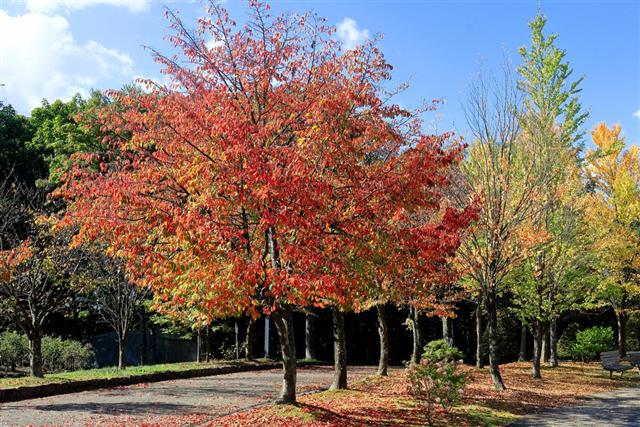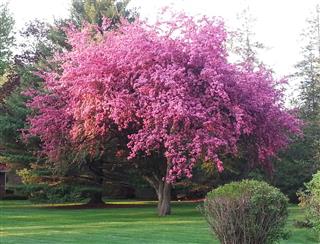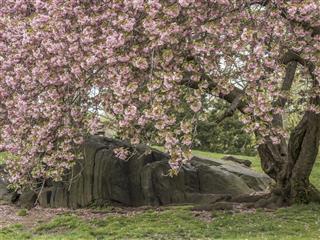
If you’re looking for information about the Kwanzan cherry tree, this article is just what you need. Read on for some tips on the best practices to follow for optimum growth.
The Kwanzan cherry tree is one of the most flamboyant and famous Japanese flowering cherry tree varieties. It’s a favorite choice of many avid plant enthusiasts, because of its exquisite flowers that grow in large clusters of 3 and 5. The flowers are ‘double-pink’ and appear as blossoms that cover the tree from as early as April, and stay through the spring. The tree is a fast-growing deciduous tree, and will reach a height of up to 25 feet on maturity. Like most other types of flowering cherry trees, the Kwanzan cherry tree is native to Japan, although you will find many of these trees in the northern parts of the United States.
Basic Information
- Botanical Name: Prunus Serrulata
- Commonly known as: Kwanzan Cherry
- Growing Zones: 5 to 9
- Origin: Japan, China, Korea
- Native name: Sekiyama
Soil
The Kwanzan flowering cherry tree requires a site with reasonably good drainage for optimum results. Although it is somewhat resistant to drought, it will flourish in soil conditions that are high in moisture. However, it has low tolerance to pollution. For these reasons, it should be planted on a site that is not exposed to vehicular traffic or other sources of pollutants. Avoid street side planting.
Climate
The tree will flourish in cool, dry climates, and requires medium to full exposure to the sun. Though these trees will flower in partial shade as well, maximum sun exposure is recommended for optimum flowering patterns. The flowering season begins in spring, and blossoms are the longest lasting of all the cherry tree varieties, lasting through the season. Come autumn, the tree exhibits beautiful fall colors in foliage, when leaves will turn gold, copper, orange, and maroon.
Pruning
Cherry trees require regular pruning to enable the tree to grow in a suitable (umbrella like) shape, and to maximize flowering. Pruning cherry trees also aids in quicker and better growth, and ensures that the tree grows in a pattern that is best suited to bear the weight of branches and blossoms to come. The Kwanzan cherry tree should be pruned in late winter, enabling maximum growth in the flowering season. Once the tree reaches maturity, you can prune in the summer as well. Pruning techniques need to focus on enabling the branches along the central leading branch (that will constitute the trunk) to grow outwards.
Care
This tree is susceptible to diseases, one of the reasons that contribute to their relatively low life expectancy of 15 to 20 years. When growing a Kwanzan cherry tree, the following are some diseases and pests to guard against:
- Cherry leaf Spot: As the name indicates, signs of this disease will be found in the form of spots on the leaf, and sometimes on branches and stems. The spots may be dark or light in color, and this condition can also be accompanied by untimely yellowing and shedding of leaves.
- Powdery Mildew: This appears as a whitish powder that accumulates on the leaves, branches, and stems. The condition, one of the common plant diseases caused by fungi, also causes unseasonal leaf dropping.
- Black Knot: This is characterized by longish dark swellings that appear at the nodes where leaves meet the stem.
- Black Cherry Aphids: These are insects that eat the leaves of cherry trees, causing them to appear curled at the edges.
It’s best to call an arborist to help you deal with these problems, if you see any of the symptoms affecting your flowering tree. A trained arborist will not only diagnose your problem efficiently, but also be able to suggest the best treatment and preventive measures to avoid future attacks.
The Kwanzan cherry tree works as a valuable addition to any garden. It is one of the best ornamental flowering trees, that with a little care, can be a visual treat for months together, not only when it blossoms, but also when it exhibits its spectacular fall colors. Plant one in your garden and watch it enchant you with its magical beauty!
